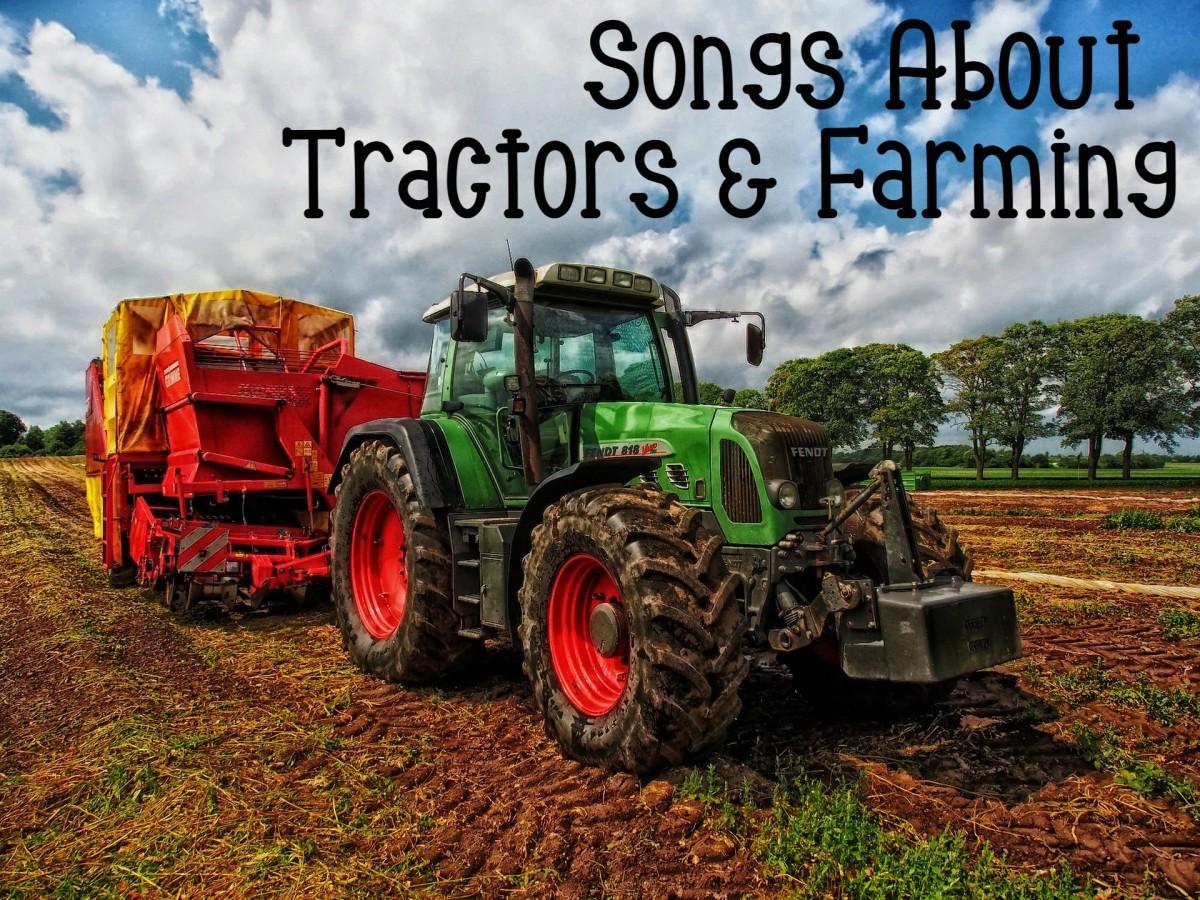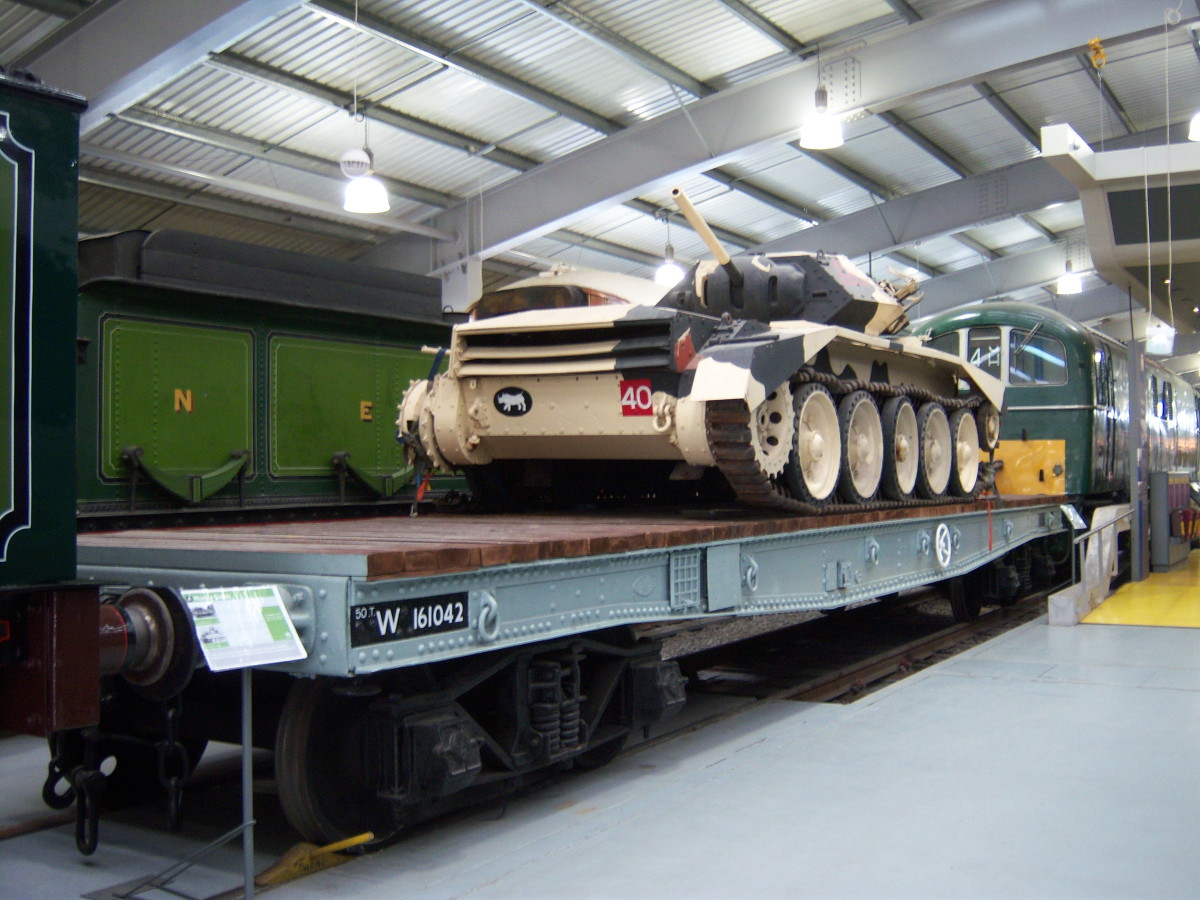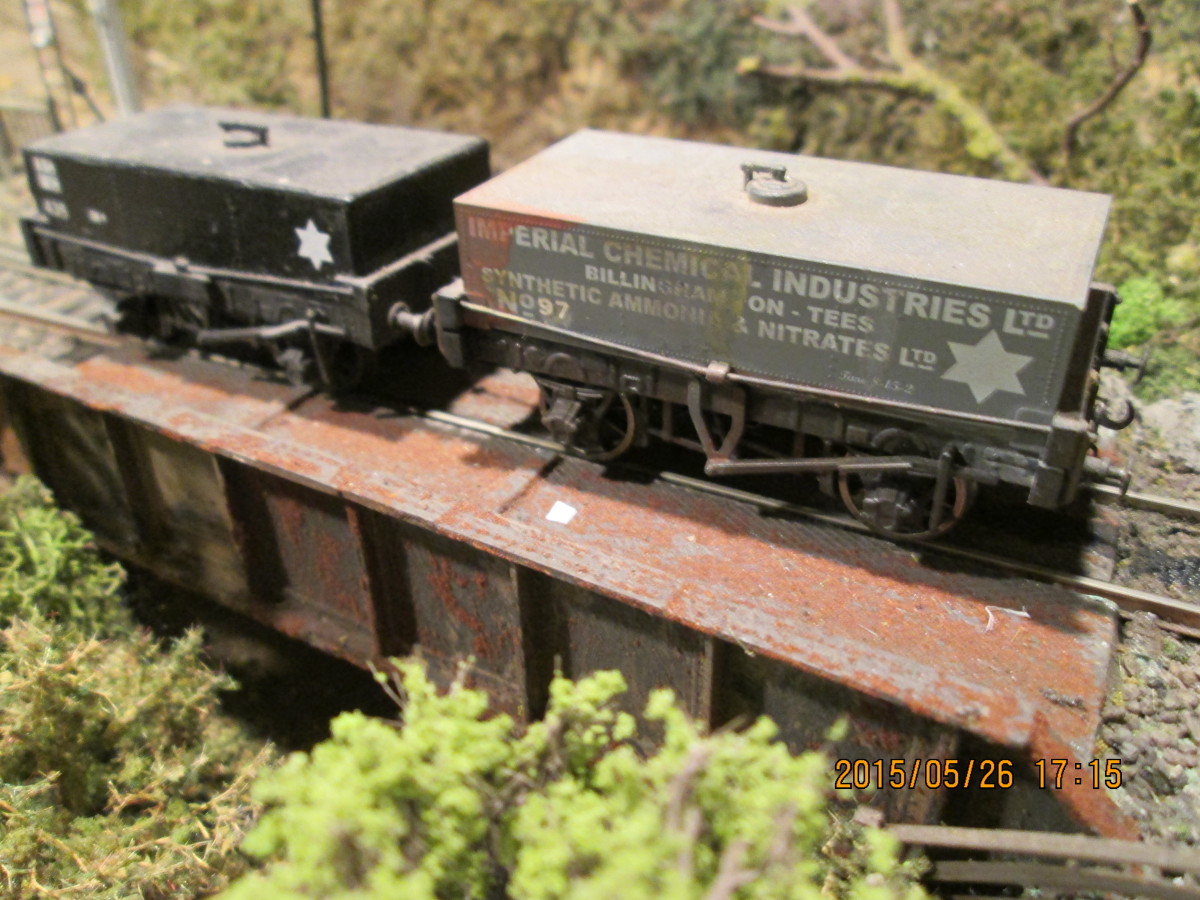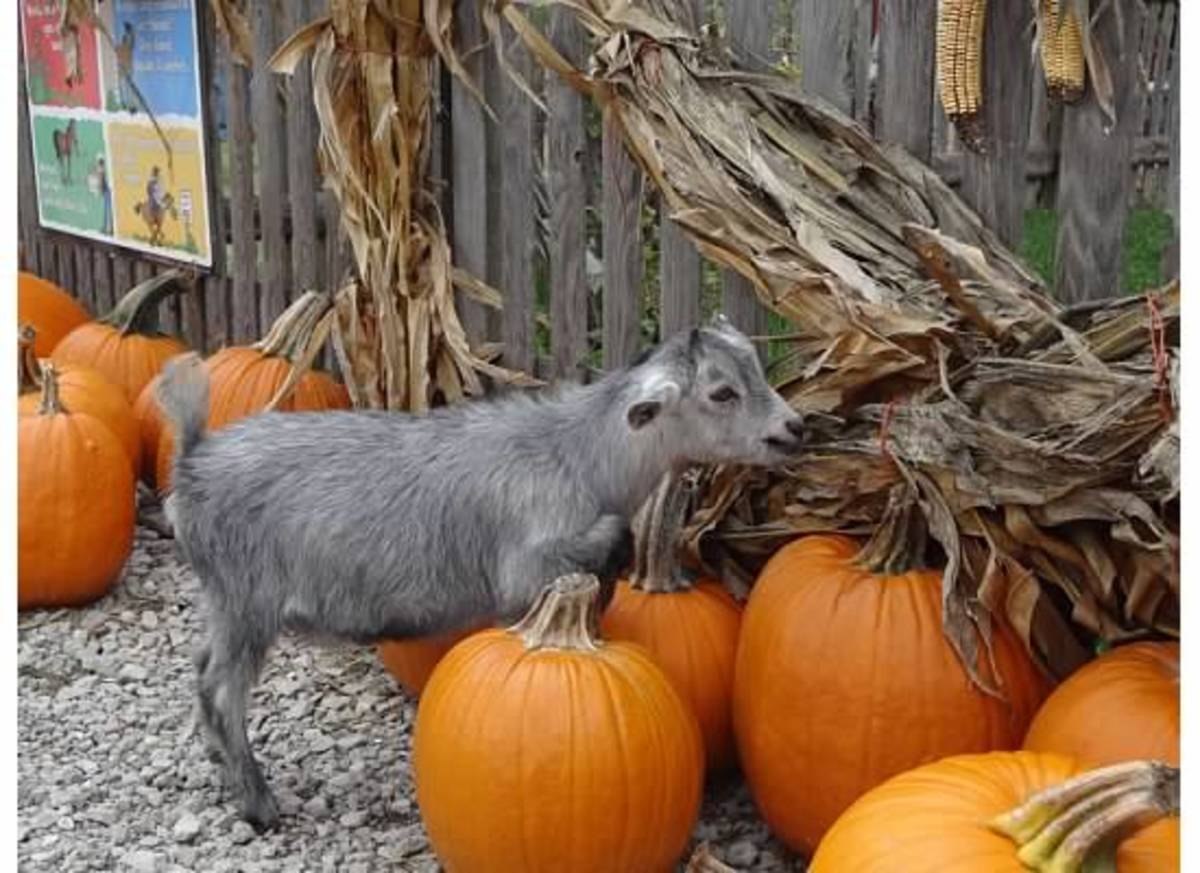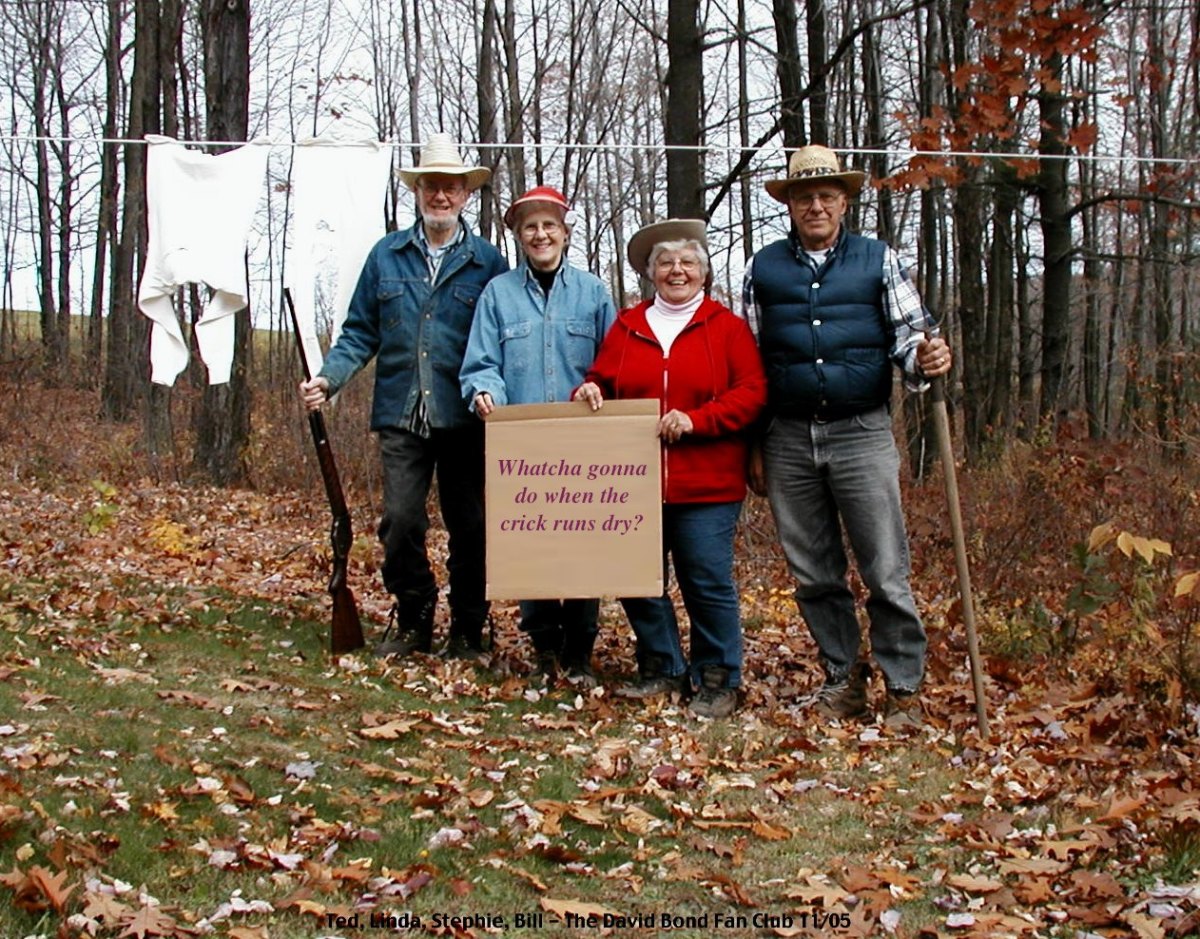The Southland's Love Affair With the Wagon
Fond Memories
can surface in the most unusual places. Some people find a special memory about a loved one, spouse, and sometimes, an inanimate object such as the mule-drawn wooden farm wagon. If you were blessed to live and grow up on a farm in the South in the early 1940s to the early 1960s, then you have no problem understanding the innermost workings of the farm wagon.
"If it needed hauling, a wagon hauled it," would have been the fitting motto to the farms in this timeframe and somehow, only a few people today know how to drive a farm wagon. As easy as it might have looked, the operation of a wagon was more mental than physical. The mule/horse operator must be well-acquainted with the horse who is pulling the wagon and know the proper verbal commands, "gee," and "haw," to tell the animal to go right or left.
The farmer or experienced farmer's wife or one of their children would take the leather reins attached to the horse or mule and with a little coaxing, the animal started in a forward motion to carry materials to and from the farmer's barn or to the nearby town when all of the family rode on the wooden wagon to take in a day of fun and shopping on a Saturday morning.
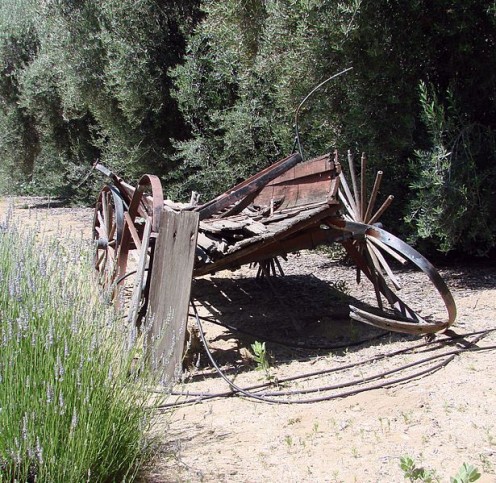
The Evolution of Farm Wagons
is one of interest to everyone who can lay claim to having a farming heritage. The one most obvious fact is that almost every farmer not only had a wooden wagon, but drew to depend on his wagon as much as he did his prize mule who pulled it to finish the farmer's tasks.
But not every farmer who started a farm had a hefty bank account that afforded him the luxury of purchasing his farm wagon or paid a very experienced wagon builder to build it for him. Farmers who wanted a farm wagon with his own design, built it either by watching someone build a wagon or his experience of wagon building was passed down from generation to generation of successful farmers.
Not every wagon was built to one standard size. The length was up to the farmer and if the farmer tended several thousand acres, the wagon was built longer and some farmers had to build or buy two wagons to help with his farming chores. The first known wagons had wooden wheels (as seen in top photo) with spokes and as the wagon's wooden wheels wore down thanks to the gravel roads, the ingenius farmer learned how to use an iron band to put around the wheels to save the wheels. As for the time spent (in hours, days) it took for an experienced wagon builder to build another farm wagon is not known. Much like the automobiles of (that) time, some automobile names (to the owners) operated better (or worse) than others.
And at the very front of the farm wagon sat a spring seat where the driver sat to drive the horses or mules that pulled the wagon. Hardly no one took to consider the genius of those farmers (or handymen) who designed the spring seats with what few automobile springs were available in the also rare areas of auto junk yards to use on the seat to help the wagon driver ride with ease.
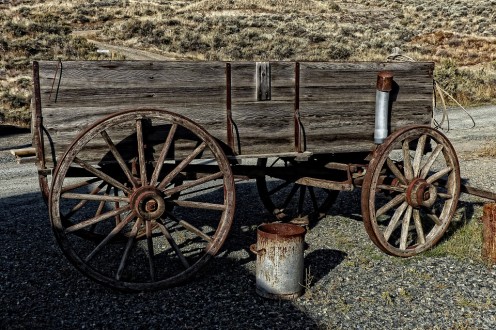
As America's Farmers Prospered
so did their wagons. (see middle photo). The farm wagon had grown to be used in the early cities of our nation as did the milk wagon that was used to deliver milk to the dairy farmer's customers or maybe a two-wheeled farm cart that was used to haul produce to the market for selling. Even fire departments took to using the farm wagon's chassis design and soon, the early fire engines were used to help fight fires. The history of farm wagons was long and deliberate.
Probably the most delightful change to the now-many farm wagon evolutions was the buggy which was still on four wooden wheels with iron bands, but the buggy had a roof for doctors to use on house calls or for a proper family to go for an afternoon outing if the opportunity afforded itself.
Even today in America, antique dealers and collectors exhibit early farm wagons right along with the early steam and gasoline-powered tractors. There is one thing that is certain. As America grew, so did her tools and machinery. So was the history of the wagon
History of Wagons in Photos
are always nice to publish with stories about what the writer is talking about. There are a few good examples of the wagon on this page that Americans in the early days of the wagon, witnessed this new and exciting invention, the wagon, grow with our nation's peoples along with the fondness of that first wagon to the last.
In these photos you will see a doctor's buggy; an original farm wagon; a regular family buggy; a surrey; as well as a Victorian touring coach with this writer's hope that you enjoyed this time back in history when the wagon first arrived on the scene.
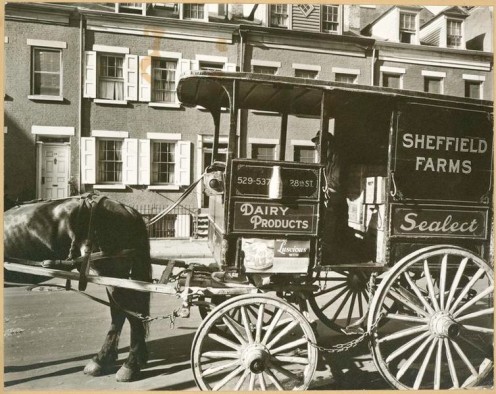
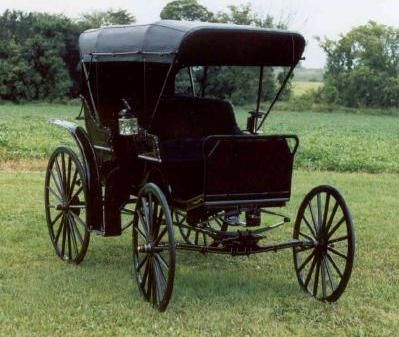
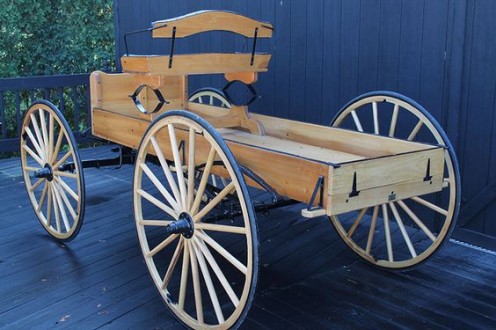
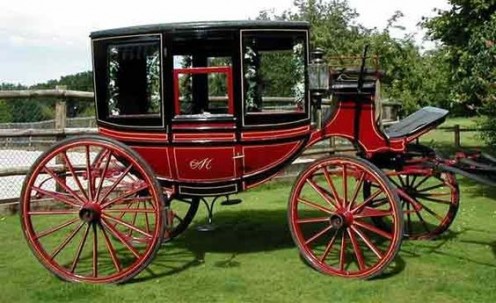
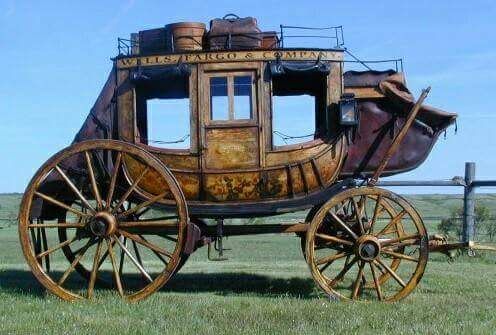
© 2017 Kenneth Avery

